Winter watering - How And When To Water Your Garden In The Cold Season
Previous PostAs we near the end of the year, there is not enough sunlight in the day and the temperatures fall down drastically.
This leaves garden owners with some serious questions on how they can ensure a smooth winter experience for their plants?
Although winter is the time most plants are in their dormant state, they still need watering to have their basic metabolic functions running. During the winter season, gardeners switch to vegetables that thrive in cold weather.
Knowing how to water your plants during this time is crucial for their survival. Overwatering can kill them and giving them less water can leave them starved.
Most plant owners can communicate with the needs of their plants by observing them closely. If you notice moldy soil, droopy/yellow leaves or insects flying around your plants, it can mean you are overwatering your plants.
Here are a few tips on how to make sure your garden survives the harsh months of winter:
- Plants may require lesser water in winters
- Plants require water even in dormant state
- Do not water during freezing temperatures
- Water in the morning
- Make sure the water is not too cold
- Keep your plants in sunlight
- Protect plants from harsh cold winds
- Measure how dry the soil is
- Do not re-pot during winter
- Water plants depending on specific plant needs
- Potted plants may require more water
- Mulch to retain soil moisture
Plants may require lesser water in winters

Plants do not require as much water in the months they stay dormant in. It is sufficient to water them bi-weekly. Remember that watering needs of each plant will depend on the variety of the plant and the type of soil being used to grow them.
Plants require water even in dormant state

Even if your plants are leafless/brown or seem dormant, they still require a certain amount of water now and then. Keeping them hydrated will ensure they survive until spring and save you landscaping costs when the time to bloom arrives.
Do not water during freezing temperatures

Avoid watering your plants when the temperature drops below 4°C. Water can not reach plants in a frozen state and it is expected to freeze below 4°C. Practice periodically watering your plants when the temperatures are above 4°C though.
Water in the morning

Make sure that the plants are watered in the morning. This gives the plants time to process the water throughout the day and dry before the colder temperature hits at night. Watering them at night can mean the water will sit in the roots and cause issues like rot, insects or fungal growth in the plants.
Make sure the water is not too cold

Ensuring that your plants are not being watered by ice cold water is vital. Watering your plants with room temperature water can save them from getting root shock, leaf drop and permanent root damage.
Keep your plants in sunlight

During winter, plants need as much sunlight as they can get. Giving them a leaf bath can actually boost their ability to photosynthesize. Dust accumulation on the leaves can make them work harder for photosynthesis.
Protect plants from harsh cold winds

Is your garden exposed to direct harsh winds? Keep your plants away from drafty spots. Wind can dry or take away most of the water your plants are given, leaving the plant undernourished.
Measure how dry the soil is

A sure way of knowing it is time to water your plant is when the soil is dry to the touch. But if the ground of your garden stays soggy it's time to take a break from watering.
Do not re-pot during winter

Hold on to your plans to re-pot your plants in winter. Root growth is slow in the cold weather. Re-potting them during November-February can make your plant suffer. So, it is best to wait until spring to use any new pots to replant your garden. However, basic hygiene of the plant should be maintained by pruning and trimming any yellow leaves or dead ends.
Water plants depending on specific plant needs

Keep a winter watering schedule for different plants. Cacti or succulents usually require less watering compared to the other plants. Keeping track of how often and on what days you are watering your plants can save you from mistakes of repeating or missing the watering days.
Potted plants may require more water

Plants growing in containers will require slightly more frequent watering than the soil beds. Soil in containers tends to dry out faster than the garden beds. Terracotta and coir planters in particular dry out much more quickly than others. Hence, you have be more actively monitoring the soil moisture.
Mulch to retain soil moisture

Mulching the area around your plants also protects them from harsh winters and helps retain the soil moisture for longer. Not only that, mulching also prevents the top-soil from freezing and becoming too compact.
Conclusion
Efficient winter watering can directly affect how healthy your garden looks in the spring. Following these simple but important steps on how to water your garden in winters will not only strengthen your garden’s viability but your plants will thank you by blooming better and growing healthier in spring.


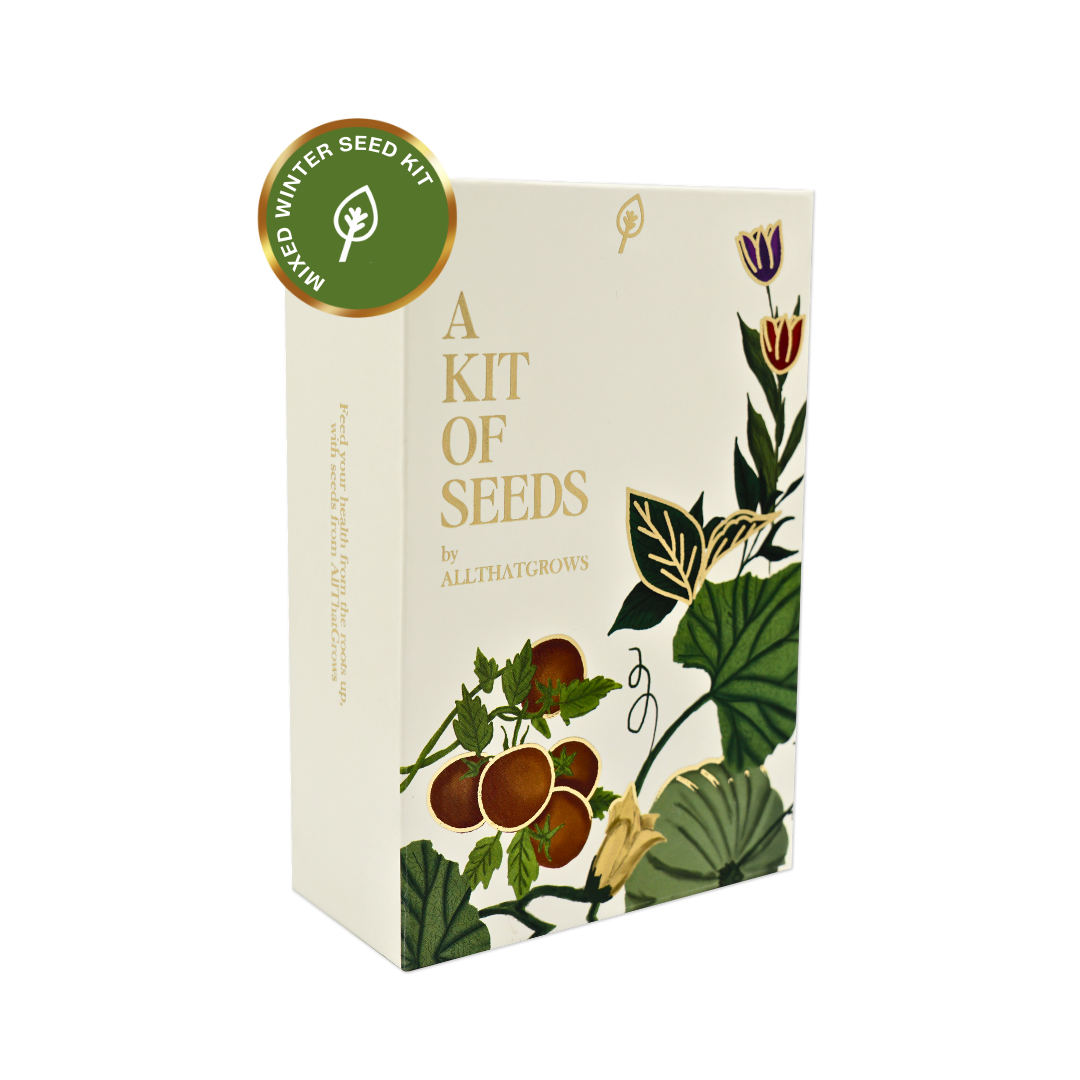

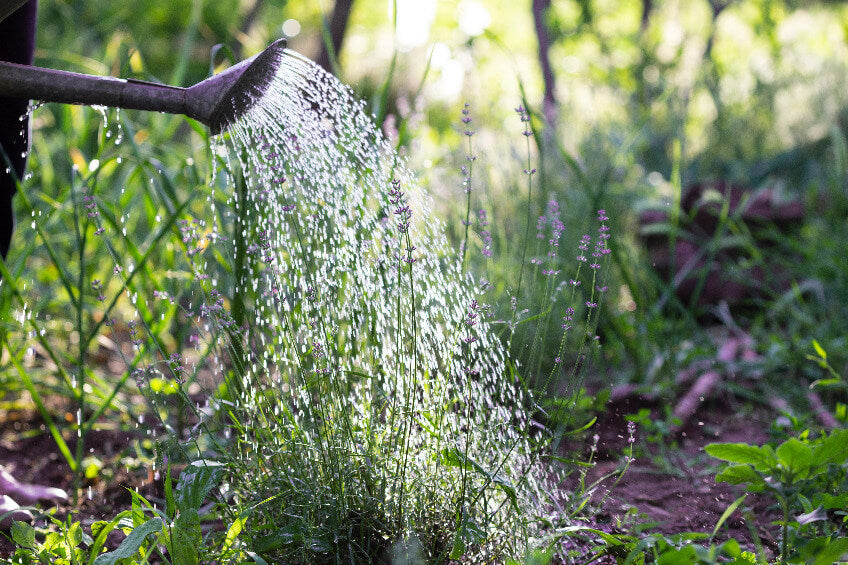
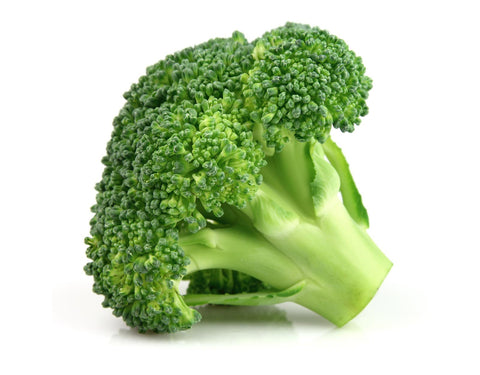
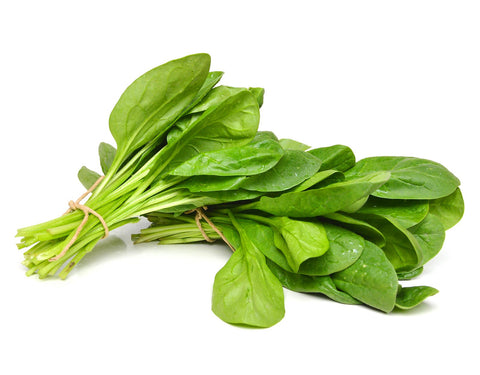
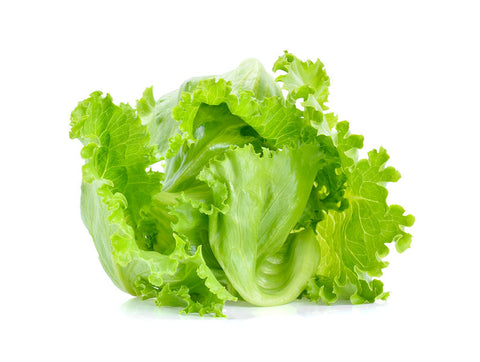
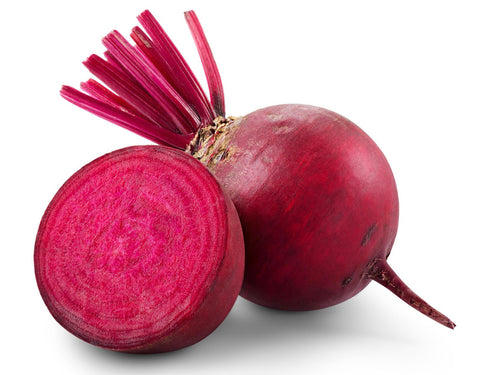
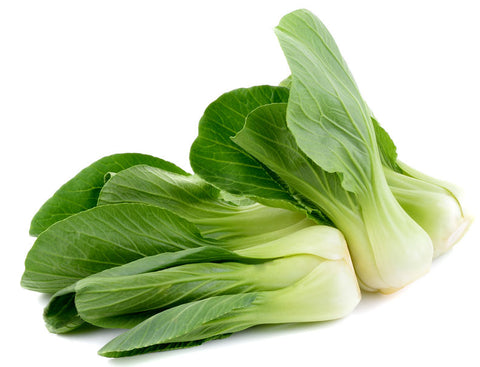
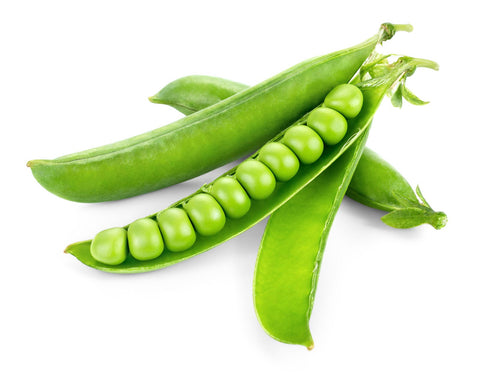
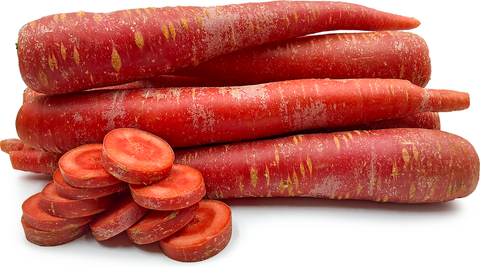
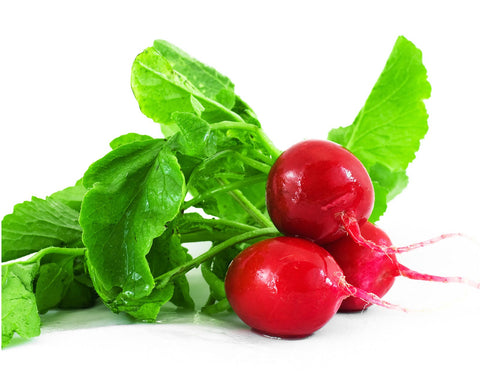
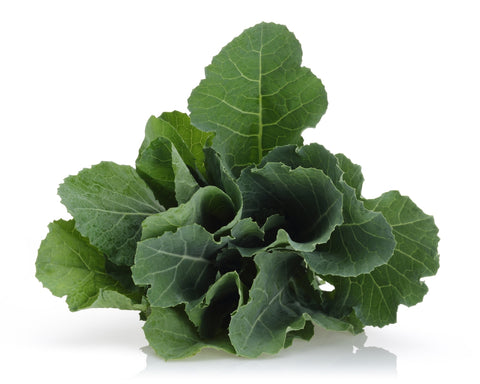
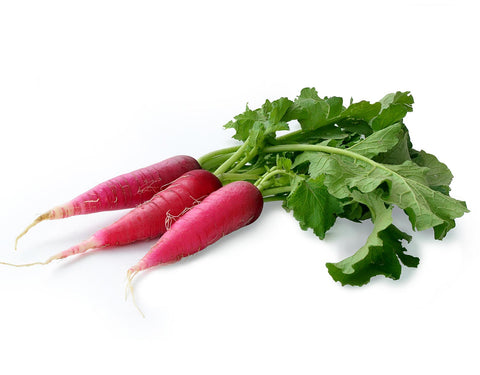
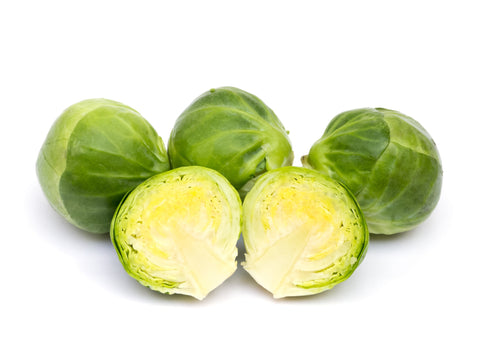
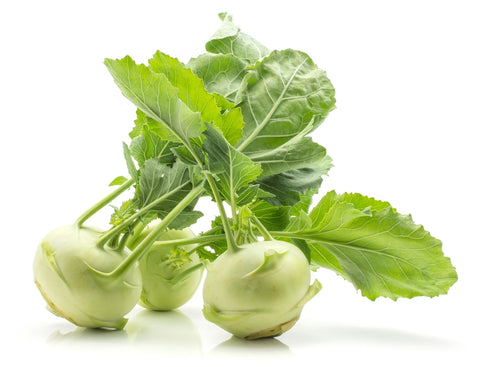
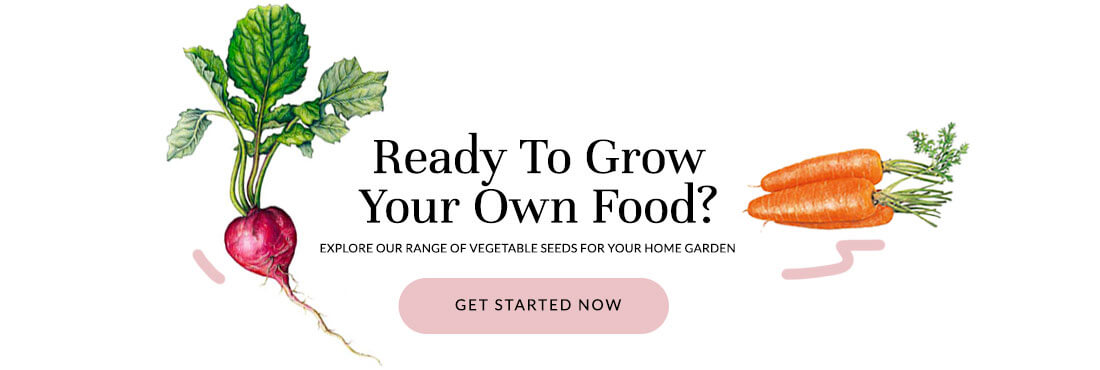

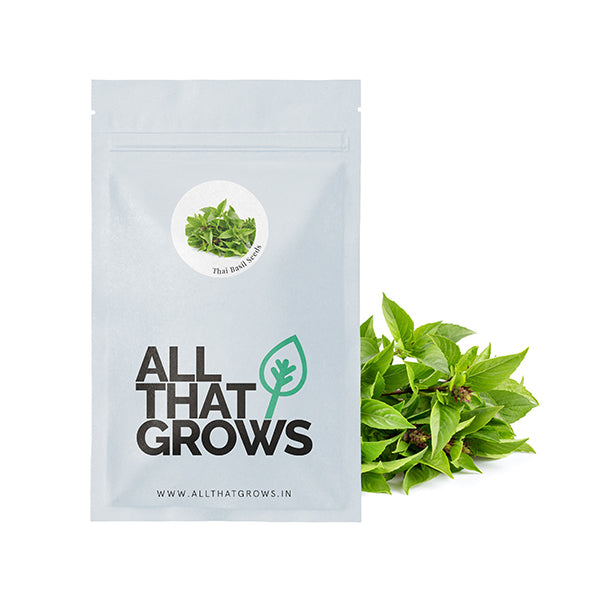
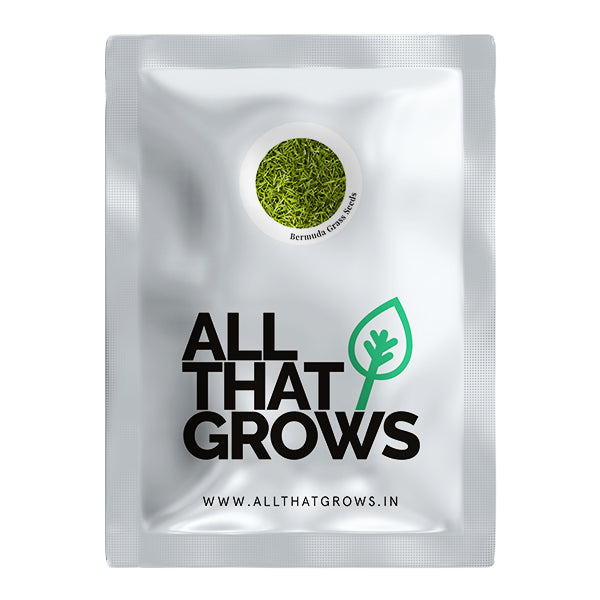
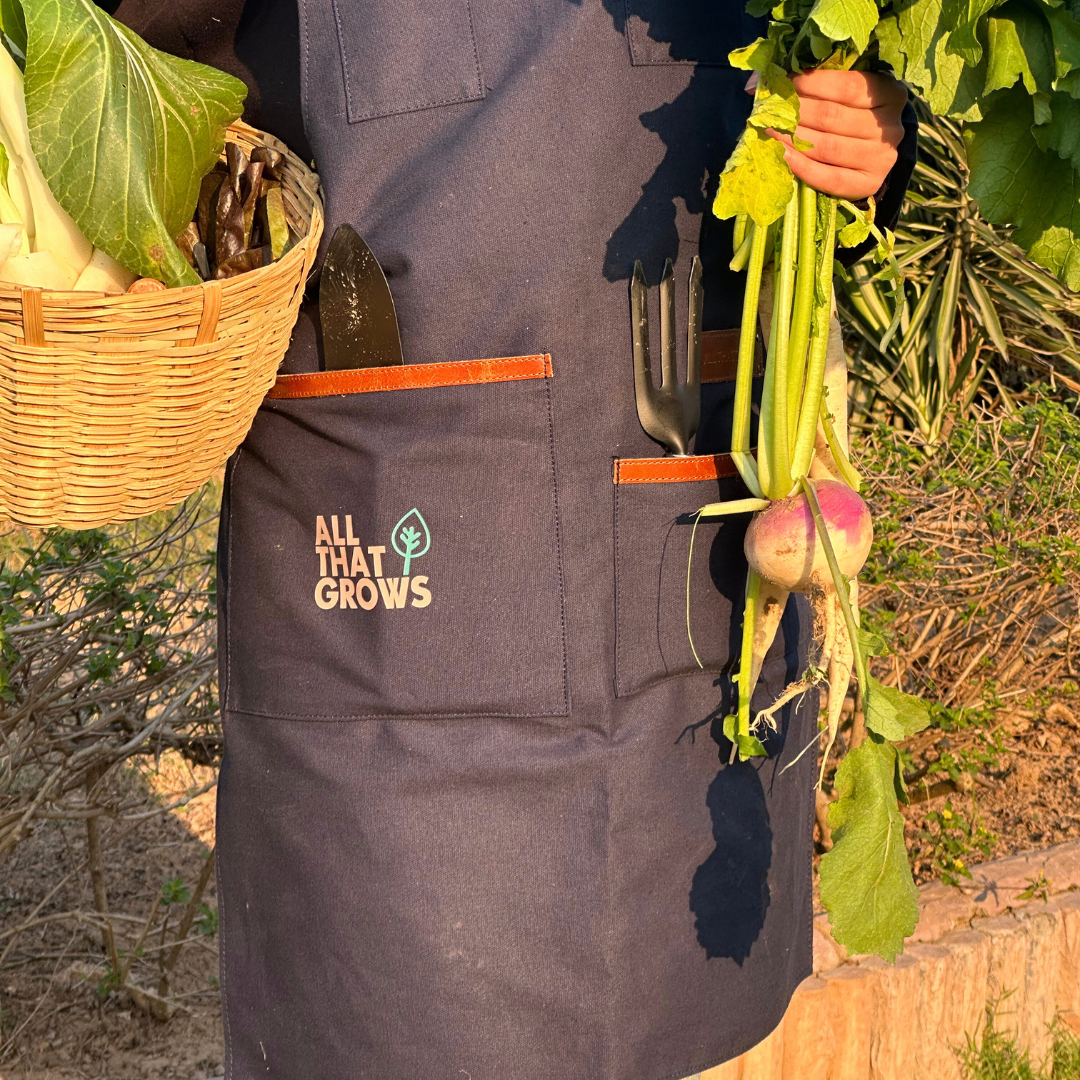

Leave a comment